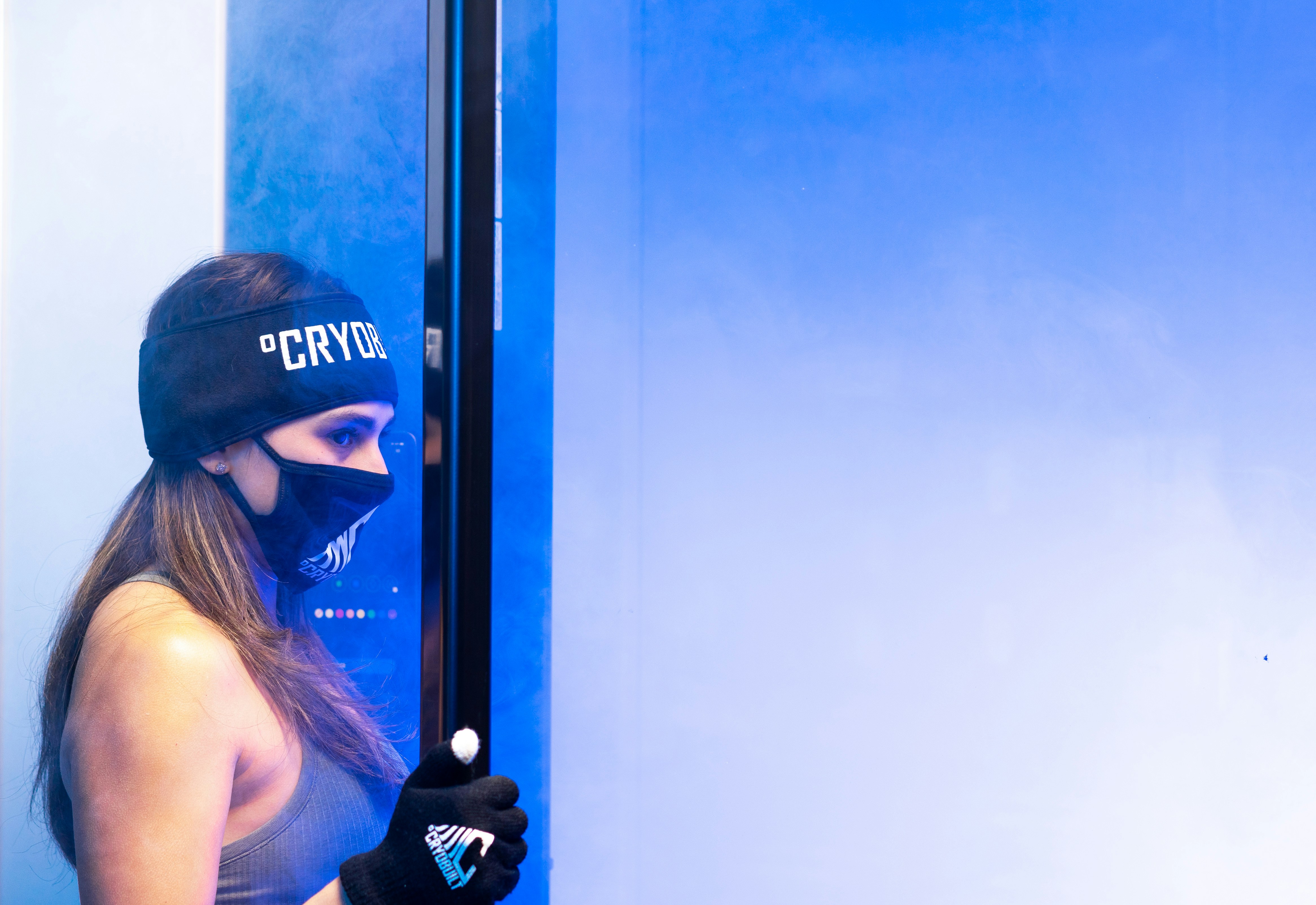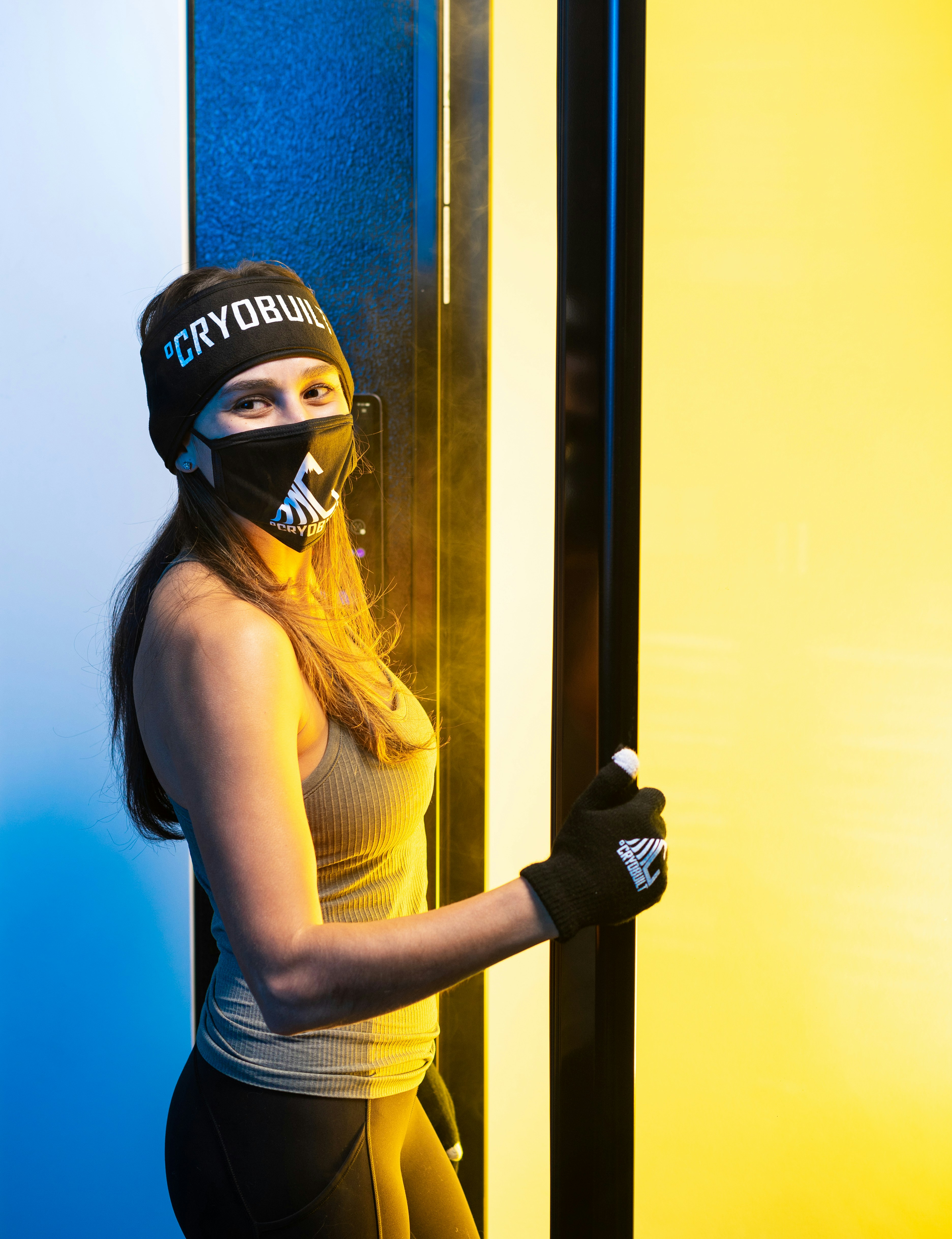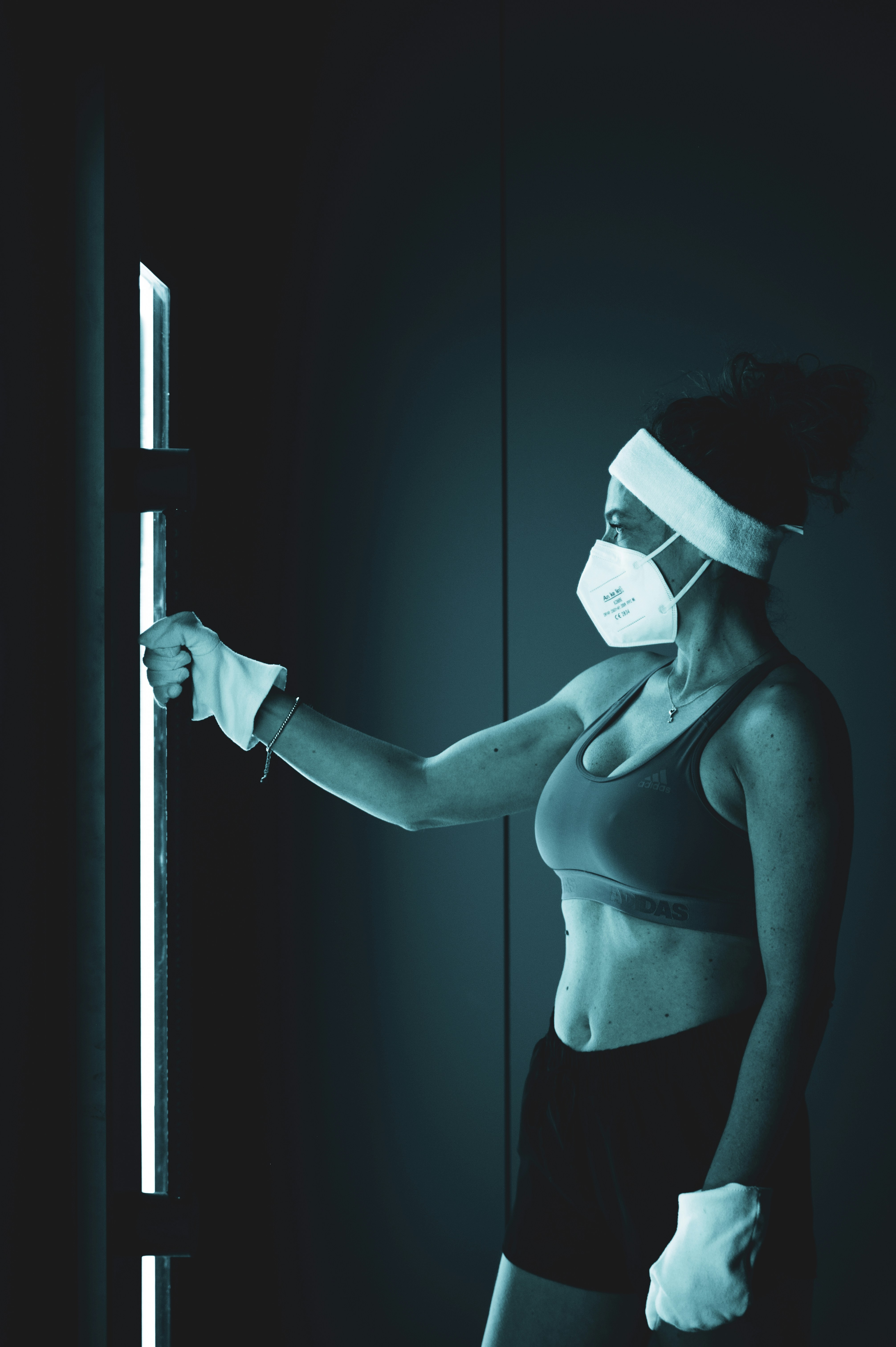Have you ever wondered how some athletes seem to bounce back so effortlessly after an intense workout or a challenging competition? If you’ve been in the world of sports or even a fitness enthusiast, you might have heard whispers about the wonders of cold water therapy. Often, athletes take the familiar leap into icy waters after their vigorous rounds, but what is it about cold water that seems to work magic on tired muscles?
Understanding the Science of Muscle Recovery
When you push your body through rigorous exercises, your muscles undergo tiny tears, leading to that all-too-familiar soreness. Muscle recovery is the process by which your body repairs these micro-tears, making you stronger and more resilient in the process. But here’s the catch: without proper recovery, you’re setting yourself up for fatigue, prolonged soreness, or even injuries. So how can you support this crucial process?
The Role of Inflammation in Muscle Recovery
Inflammation isn’t just a buzzword thrown around in fitness circles. It’s your body’s innate response to tissue damage. But while some level of inflammation is normal and necessary, excessive inflammation can delay your recovery. This is where cold water therapy comes into play. By potentially reducing unnecessary inflammation, cold water can foster a more efficient recovery process.
The Mechanisms of Cold Water Therapy
To appreciate cold water therapy’s potential benefits for recovery, it’s enlightening to understand its physiological mechanisms. When subjected to cold temperatures, your blood vessels constrict in a process known as vasoconstriction. This restriction helps to limit inflammation and reduce the soreness you’ve grown accustomed to after exertion. Additionally, once you emerge from cold water, your vessels dilate, leading to an influx of fresh, nutrient-rich blood to your muscles—an essential component in the healing equation.
The Effectiveness of Cold Water Therapy
If you’ve been skeptical about the actual effectiveness of cold water therapy, you’re not alone. But numerous studies and personal anecdotes suggest this chill method can pack a serious punch.
Research-Backed Evidence
In recent years, scientific literature has explored cold water therapy’s impact on muscle recovery. Several studies have reported that athletes who incorporate cold water immersion after training sessions report less muscle soreness and faster recovery times. Such findings often emphasize time efficiency and have long advocated for spending less than 15 minutes for noticeable effects.
| Study | Participants | Conclusion |
|---|---|---|
| 2013 Study, “The Effects of Cold Water Immersion on Muscle Recovery in Collegiate Athletes” | 20 collegiate basketball players | Regular cold water immersion significantly reduced the delayed onset of muscle soreness (DOMS) |
| 2015 Study on Endurance Runners | 15 endurance athletes | Found reduction in muscle soreness and damage markers after cold water immersion |
Personal Testimonials and Athletic Experiences
Sometimes, the narratives of athletes themselves speak louder than any research paper. Athletes from various disciplines—from marathon runners to football players—have sung praises for cold water therapy. They’ve described the immediate sense of relief post-immersion and how it becomes a habitual part of their post-training routine. Your willingness to nurture recovery could mean the difference between good performance and great performance.
Techniques and Methods of Cold Water Therapy
Navigating the world of cold water therapy might initially seem daunting. However, once you understand the foundational methods, incorporating this practice into your routine may become second nature.
Cold Showers: The Accessible Option
For most people, cold showers may be the easiest method to adopt. You can start by gradually lowering the temperature at the end of your regular shower, turning it into a refreshingly cold blast for a minute or two. It’s not just an invigorating wake-up call but also a handy tool for muscle rejuvenation.
Ice Baths: The Athletes’ Go-To
If you’re eager to replicate the practices of elite athletes, ice baths are a popular choice. You’ll need a tub, plenty of ice, and the willpower to endure it for at least ten minutes. Ensure the water is around 10 to 15 degrees Celsius for optimal benefits. This practice can provide deeper muscle penetration and a more pronounced impact on inflammation and recovery.
Contrast Therapy: The Alternating Solution
For those who seek variety or simply want to experiment, contrast therapy might catch your interest. It involves alternating between hot and cold water immersion, allowing you to enjoy the benefits of both temperature extremes. This method improved circulation, known to augment recovery processes.
The Potential Downsides and Precautions
With all its touted benefits, cold water therapy isn’t void of downfalls and is not always suitable for everyone. Being aware and cautious might save you unexpected discomforts or adverse effects.
Contraindications and Risks
If you have specific medical conditions like cardiovascular issues, immersion in cold water can pose risks. Cold temperatures can lead to vasoconstriction that might exacerbate certain conditions. Consult with a medical professional before trying cold water therapy, especially if you have pre-existing health concerns.
Common Mistakes to Avoid
Though it might sound self-explanatory, some common pitfalls can undermine cold water therapy’s effectiveness. Firstly, overexposure is not synonymous with better benefits—a common mistake is staying immersed for too long. Secondly, implement it correctly; ensure you maintain your body temperature promptly post-therapy by ensuring you’re properly insulated.
Balancing Cold Water Therapy with Other Recovery Techniques
While cold water therapy offers proven benefits, it should ideally be combined with other recovery practices to complement muscle health and overall well-being.
Incorporating Stretching and Foam Rolling
Cold water therapy can work wonders, but pairing it with a solid session of stretching or foam rolling can optimize muscle relief. Stretching promotes flexibility, while foam rolling targets muscle tension, providing additional layers of recovery.
Nutrition’s Role in Recovery
Never underestimate a well-balanced diet as a cornerstone of the recovery. Nutrients from foods rich in protein, healthy fats, and carbohydrates play vital roles in aiding recovery. Including foods high in antioxidants, such as berries, can further combat inflammation.
The Importance of Rest and Sleep
And let’s say it together: rest and sleep are non-negotiable. While cold water therapy can expedite recovery, your body needs quality sleep to facilitate healing and repair. Aim for 7-9 hours per night—it’s an essential component in the orchestra of recovery.
Future Trends and Innovations in Muscle Recovery
Emerging not just as a trend but a space rich with innovative potential, muscle recovery is gaining ground, and with it, so are advancements in cold water therapy.
Technology-Driven Solutions
Tech companies are jumping into the fray, creating advanced recovery solutions like wearable devices that monitor inflammation levels and aid in more personalized recovery protocols. These developments may enhance how effectively you deploy cold water therapy through precise feedback.
New Frontiers: Exploring Additional Recovery Aids
There’s room for exploration beyond cold water. Compression garments, phytochemicals, and even emerging therapies like cryotherapy are gaining traction as valuable recovery aids. Stay open to these options, each boasting unique merits for muscle rejuvenation.

The Bigger Picture: The Interplay of Mind and Body
Ultimately, recovery transcends the physical realm and extends into mental well-being. Engaging in practices that reduce stress and promote relaxation, such as mindfulness or yoga, might elevate your recovery journey.
Mental Benefits of Cold Water Therapy
Interestingly, the cold water experience isn’t just a muscle affair. It also involves an invigorating surge of neurotransmitters like dopamine and endorphins, which uplift mood and foster mental clarity. This mind-body connection enriches your recovery, extending beyond mere muscle repair.
Developing a Holistic Recovery Routine
Composing a well-rounded recovery routine is a personal journey. Start by identifying what tactics you find most beneficial and enjoyable. By carefully crafting a plan encompassing both cold water therapy and other holistic practices, you’ll equip yourself for recuperation that resonates on multiple dimensions.
Conclusion
Cold water therapy presents a promising pathway in the pursuit of muscle recovery, offering evidence-supported benefits for soreness reduction and inflammation modulation. However, similar to a puzzle with many pieces, maximize your gains by weaving it into a broader recovery strategy. Tailor your approach mindfully to ensure your overall well-being remains the centerpiece of your fitness journey. Ultimately, athletes and fitness enthusiasts alike uncover their recovery cadence, inviting complementing discoveries along their journeys.





